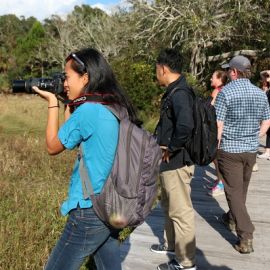
by Erika Zambello
I disembarked at Guana Tolomato Matanzas National Estuarine Research Reserve (mercifully abbreviated to GTM NERR) with a group of practitioners, researchers and ecologists from around the world. The group…
Read more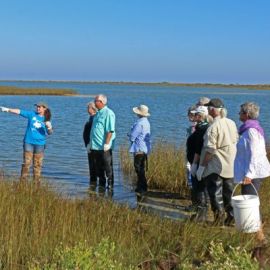
by Erika Zambello
Apalachicola Bay has long been famous around the world for its thousands of acres of oyster beds. In fact, in the past, 90 percent of Eastern oysters served in Florida were from Apalachicola.
Read more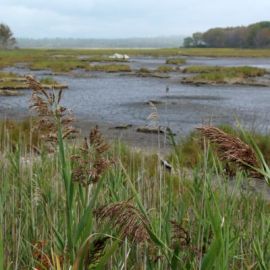
by Erika Zambello
Wells Reserve on the coast of Southern Maine was designated in 1984 and encompasses 1,600 acres. The reserve staff facilities sit within beautifully restored farm buildings.
Read more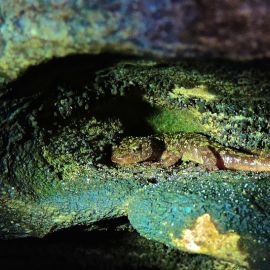
by Wally Smith
This is the case with the green salamander, one of the most unique amphibians in the salamander-rich Appalachian Mountains. The only truly green-colored salamander in eastern North America, the green salamander…
Read more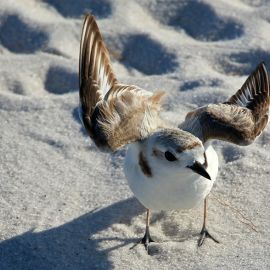
by Erika Zambello
For those who bird on the Emerald Coast, Snowy Plovers are a relatively common sight on Okaloosa Island – once you walk away from the more crowded beach access points. Less than seven inches long and lighter…
Read more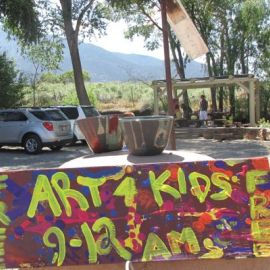
by Nezam Ardalan
The decision to pursue conservation biology came after an incredible and intense 14 months of traveling through South America. There was no one moment or epiphany, no strike of clarity, just a slow and…
Read more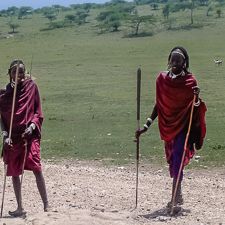
by Alex Perry
For thousands of years, people have depended on their natural surroundings for their livelihoods. Sustaining the environment and minimizing their impact on it remain necessities for survival. It is these…
Read more
by Jessica Schmonsky
Folklore, religion, mythology and other belief systems have a considerable effect on how various cultures think about the natural world and their role in its use or protection. In some cultures, folklore…
Read more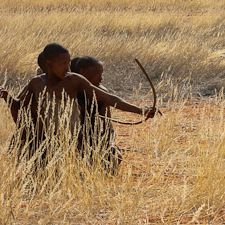
by Danielle Vilaplana
Loss of biodiversity and cultural diversity are inextricably linked in a developing world. While genocide is widely condemned, ethnocide – the complete destruction of entire cultures – is tacitly accepted…
Read more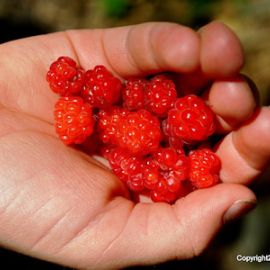
by Jim O’Donnell
In this stunning photo gallery, photographer Jim O’Donnell explores the connections between food and our natural environment. With these images, he illustrates the ways in which our food system is fragile…
Read more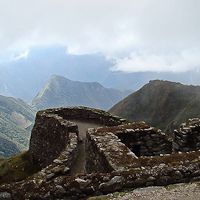
by Julia Osterman
Inside all technology-addicted Westerners is the capability to adapt to some of the world’s most desolate landscapes and to transcend their own worldviews to open their minds. Join author Wade Davis as…
Read more

